
Second our series of blogs for 2024, we’re going back to basics. This is a guide for budding ecologists who are keen to get started in the industry, or anyone interested in learning a little more about professional ecology practices in the UK.
This month we're looking at the Great Crested Newt (Triturus cristatus).
About Great Crested Newts
Often abbreviated to GCN among professionals, the Great Crested Newt stands out among the seven amphibian species in the UK due to its distinct physical characteristics and legislation.
This species is notably larger compared to our other newt species, reaching lengths of up to 17cm. Its nearly black skin serves as a stark contrast to its spotted, orange-coloured belly, making it easily identifiable. Males have a large, wavy crest along their backs during breeding season in Spring.
While the Great Crested Newt is distributed throughout the UK, its presence is more limited in Scotland, Wales, and the South West regions.
These newts are primarily nocturnal and spend much of their time on land. However, during their breeding season, which spans from March to June, they gather in ponds where they lay their eggs on vegetation. What's noteworthy is their fidelity to particular breeding ponds, as individuals tend to return to the same locations annually. During winter, Great Crested Newts hibernate underground.
Their life cycle showcases a reliance on both terrestrial and aquatic environments, underscoring the importance of preserving these habitats for the species' survival.
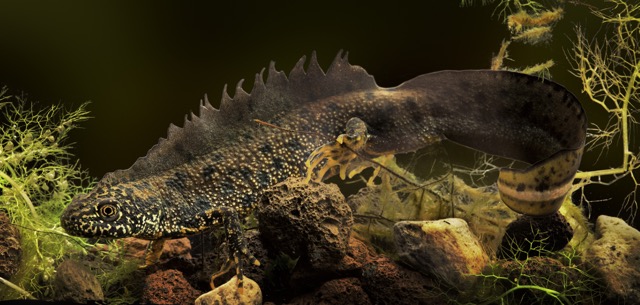
Great Crested Newt Conservation
Great Crested Newts are protected under both the Wildlife and Countryside Act (1981), the Conservation of Habitats and Species Regulations (2017), and its designation as a UK Biodiversity Action Plan (BAP) species further highlight the conservation need for the newt, its eggs, and their habitats. However, despite these protective measures, several threats continue to jeopardise their populations.
Habitat destruction and fragmentation stands as a primary concern for the Great Crested Newt. Urban expansion and agricultural development encroach upon their terrestrial habitats and breeding sites, leading to a decline in suitable environments.
The introduction of predators such as fish and crayfish into newt habitats disrupts the delicate balance of their ecosystems. These non-native species prey upon newt eggs and adults, contributing further to population declines.
Additionally, the use of aquatic chemicals, including pesticides and pollutants from various sources, poses a threat to the water quality in which these newts breed and live. These chemicals can directly harm the newts or disrupt their food chain, affecting their survival and reproduction.
Survey Methods
Surveying for the presence of GCN can be carried out through a variety of specialised techniques, each tailored to their varied habitats and life stages. Here's an overview of the methods used by professional ecologists, all the equipment for which you can find on the Wildcare website.
- Egg Search: Surveyors meticulously inspect folded pieces of vegetation in and around ponds, carefully looking for newt eggs. These eggs are often attached to submerged vegetation and provide crucial indicators of breeding sites.
- Torch Surveys: Nighttime surveys involve the use of high-powered torches directed onto the pond's surface. Active newts can be spotted by their movements or characteristic reflections in the torchlight.
- Netting: Suitably sized nets are employed to gently dip into ponds, allowing surveyors to catch and carefully observe adults and tadpoles without causing harm.
- Bottle Traps: Clear bottles mounted on bamboo canes within ponds serve as traps. Surveyors check these in the morning to ascertain whether newts have been captured overnight.
- Pitfall Traps: Plastic buckets positioned flush with the newt fencing surrounding a pond serve as pitfall traps. These traps capture newts travelling across land.
- Environmental DNA (eDNA): This innovative method involves collecting samples of pond water, which are then sent to a laboratory for analysis. The laboratory assesses the presence of GCN DNA, which can be found in saliva, faeces, urine, gametes, and skin cells, offering a non-invasive means of detection. Check out our blog on eDNA if you want to learn more about this relatively new technique.
Surveyors select and combine these methods based on the specific characteristics of the survey area, aiming to maximise the chances of accurately detecting the presence of newts while minimising any disturbance.
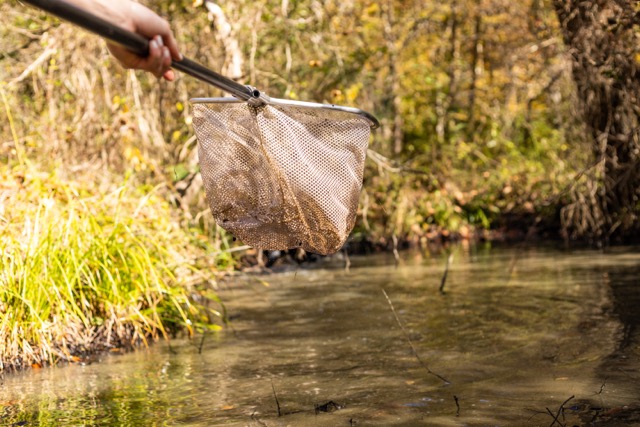
Mitigation Methods
These strategies are carefully planned and executed in accordance with legal requirements and conservation guidelines to ensure the protection of the newt and its habitats. By employing these mitigation methods, authorities and ecologists aim to minimise the impact of human activities.
- Habitat Restoration and Enhancement: One of the primary approaches involves restoring and improving newt habitats. This includes enhancing existing habitats or creating new ones that mirror the necessary conditions for their survival and breeding.
- Trapping and Translocation: To safeguard the newts during a development project, trapping or netting techniques are employed. Once captured, the newts are carefully relocated to receptor sites. These receptor sites are identified and prepared in advance to provide suitable habitats where the newts can thrive without facing significant threats.
- Drift Fencing: Erecting drift fencing along the site's boundary guides newts away from potentially hazardous areas. This fencing helps direct their movements toward safer zones or into pitfall traps.
- Exclusion Fencing: This type of fencing prevents newts from re-entering areas that might pose threats or have been deemed unsuitable for their survival. It ensures that newts remain within safer, more suitable habitats.
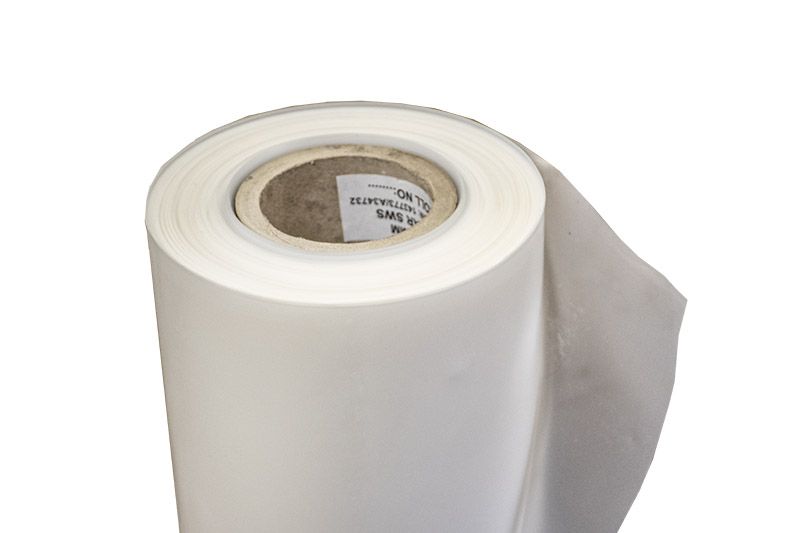
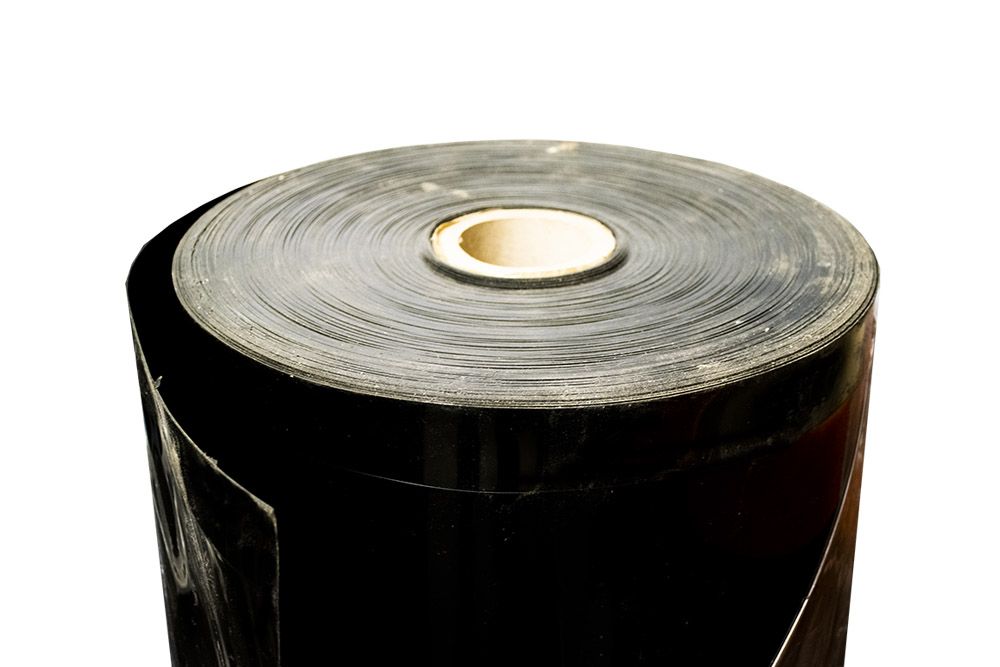
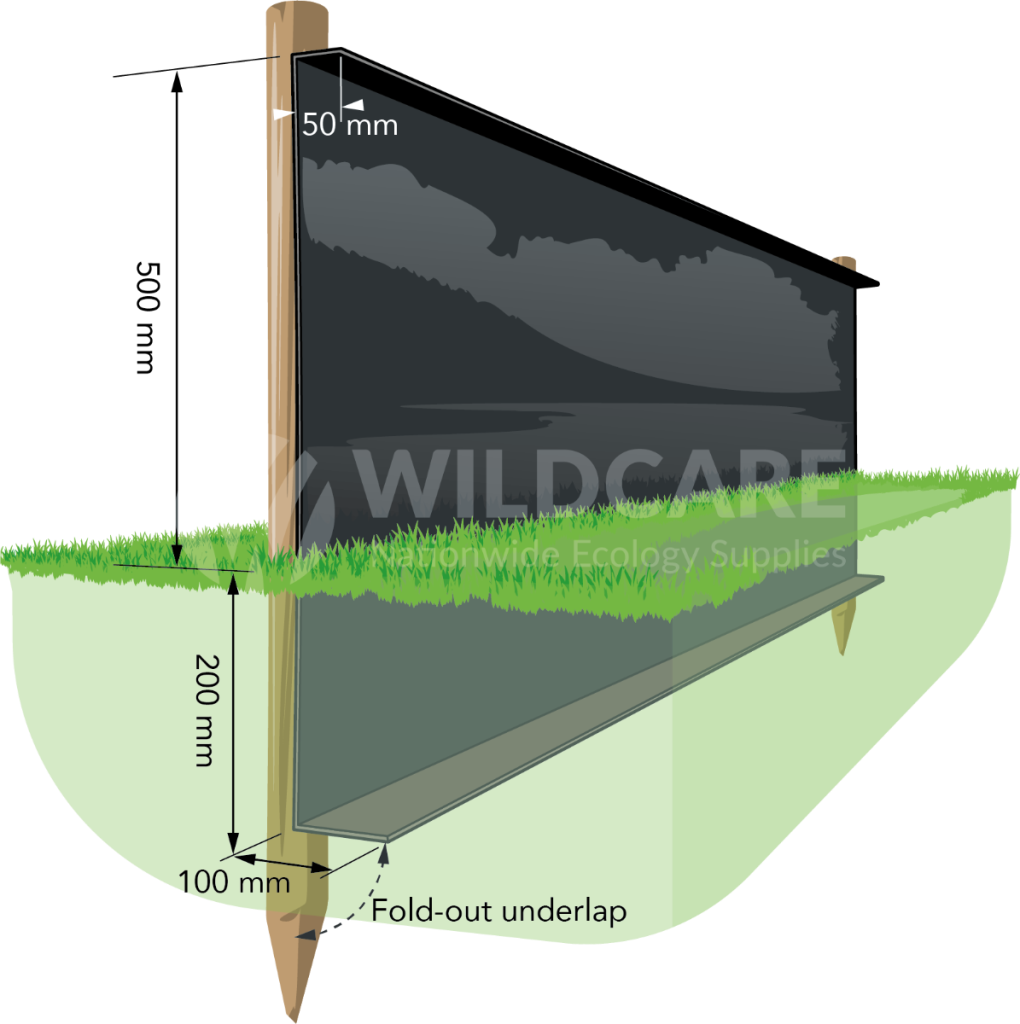
Other Amphibians
While the GCN is offered comprehensive legal protection in the UK, there are 6 other amphibian species that have varying degrees of safeguarding:
- Smooth newt, palmate newt and common frogs have limited protection under the Wildlife and Countryside Act (1981). Their conservation relies more on broader conservation laws and habitat preservation efforts
- Common Toads are a UK BAP Priority species, signifying an commitment to targeted conservation actions, research and habitat management.
- Northern Pool Frogs and Natterjack Toads are protected to the same level as GCN, but their natural habitats are more limited and are often designated as Sites of Special Scientific Interest (SSSI).
Further Reading
- Great Crested Newt Mitigation Guidelines (2001) English Nature
- Amphibian Survey & Monitoring Handbook (2015) by John W. Wilkinson
- Amphibian Habitat Management Handbook (2011) Amphibian and Reptile Conservation
- Herpetofauna Workers Manual (2003) Joint Nature Conservation Committee


